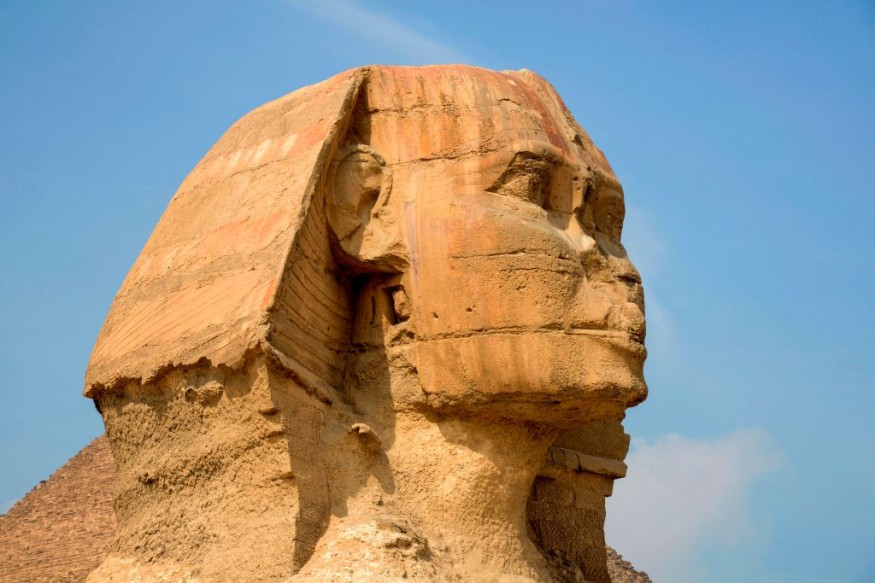Recently, archaeologists unearthed damaged pharaoh-sphinx statues at a sun temple in one of Egypt's archaeological sites, Heliopolis, which was once a major city near Cairo.
The Egyptian Ministry of Tourism and Antiquities said in a statement released on March 20 that the stone-carved fragments portray Ramesses II who ruled between 1279 B.C. and 1213 B.C., as well as Ramesses IX who reigned circa 1126 B.C. to 1108 B.C., Horemheb who also reigned circa 1323 B.C. to 1295 B.C., and Psamtik II (ruling 595 B.C. to 589 B.C.).

Statues Represent the King's Relation to the Sun God
Sun temples are found throughout Egypt and are dedicated to Ra, the ancient Egyptian sun god. But the sun temple at Heliopolis was especially significant, Live Science reported.
Excavation dig leader Dietrich Raue, the director of the German Archaeological Institute's Cairo department, told Live Science in an email that, in ancient Egyptian belief, people believe that Heliopolis is where "the world was created, with the first sunrise."
He added that the relationship of royalty to the creator and sun god was honored there, noting that pharaohs built statues, obelisks, and other monuments at Heliopolis to legitimize their authority and worship the sun god.
Raue explained that one of the major duties of ancient Egyptian kings was to serve the gods, and dedicating statues is part of that. He noted that there is no Egyptian king should be in power without the favor of the sun god.
The freshly unearthed statue fragments, which depict pharaohs' heads atop sphinxes, would have been put in front of gates or beside obelisks at the sun temple, according to Raue. The statues were demolished and utilized as construction materials at some time in antiquity, Raue said.
Live Science tried contacting other scholars who were not involved in the excavation. Egyptologist Massimiliano Nuzzolo from the Polish Academy of Sciences said that the abundant statuary material found is evidence of the long-lasting importance of the site during the pharaonic times.
Meanwhile, history professor Peter Brand from the University of Memphis said that there are still more things to cover about Heliopolis, such as why Ramesses II rebuilt parts of the sun temple or continued using an older one.
How the Sphinx in Egypt Was Built
According to Smithsonian Magazine, the Sphinx was carved from a single mass of limestone exposed when workers dug a horseshoe-shaped quarry in the Giza plateau instead of assembling it piece by piece. It measures about 66 feet tall and 240 feet long. Today, it is considered to be one of the largest and oldest monolithic statues in the world.
However, no one knows its original name. The term "Sphinx" usually describes the human-headed lion in Greek mythology and most likely came into use some 2,000 years after the statue was built. There are hundreds of these statues in tombs at Giza with hieroglyphic inscriptions that date back to 4,500 years, but not one mentions its name.
That also means no one knows what the statues were for in ancient Egypt. Archaeologists just presume that it is an image of a king. Also, its symbolism is unclear even though some inscriptions may refer to a double lion od that sat at the entrance of the underworld while guarding the horizon where the sun rose and set.
RELATED ARTICLE:
Sphinx-like Statue Unearthed in Ancient Egyptian Temple Looks Like Roman Emperor Claudius
Check out more news and information on Archaeology in Science Times.
© 2025 ScienceTimes.com All rights reserved. Do not reproduce without permission. The window to the world of Science Times.












